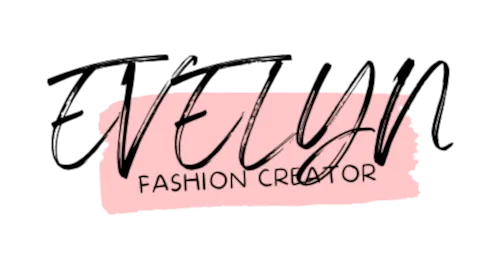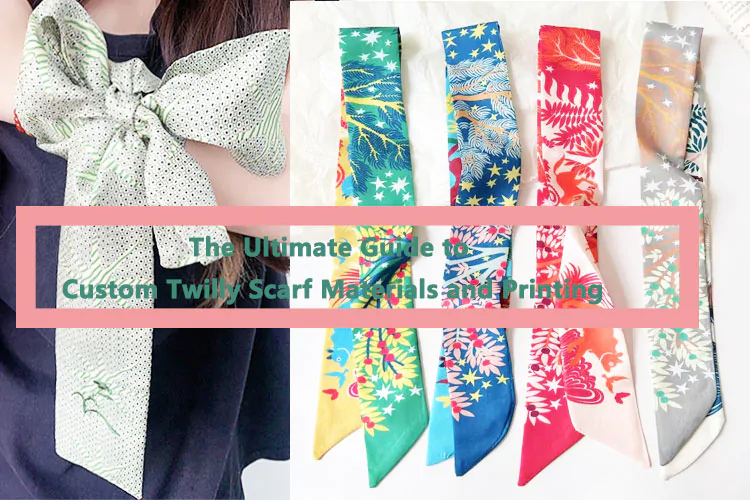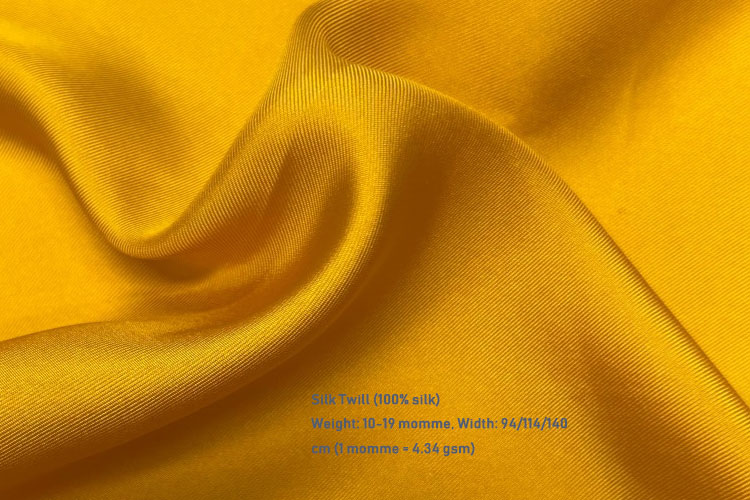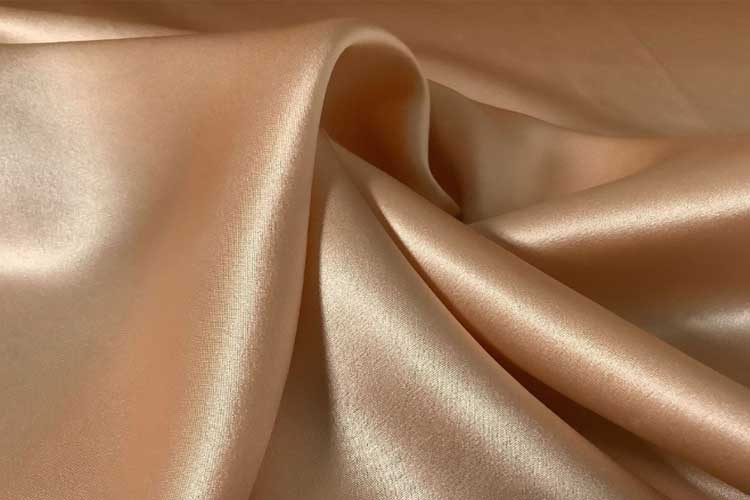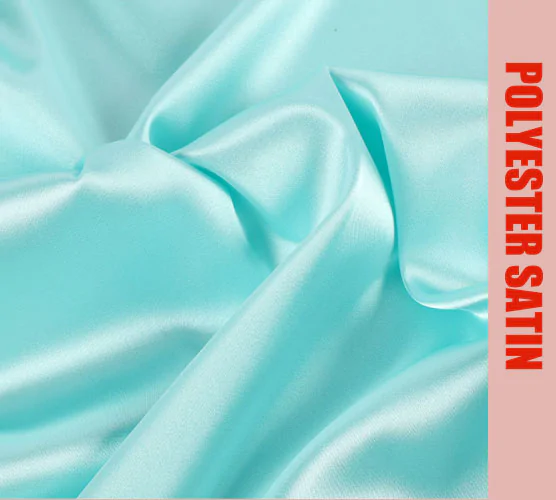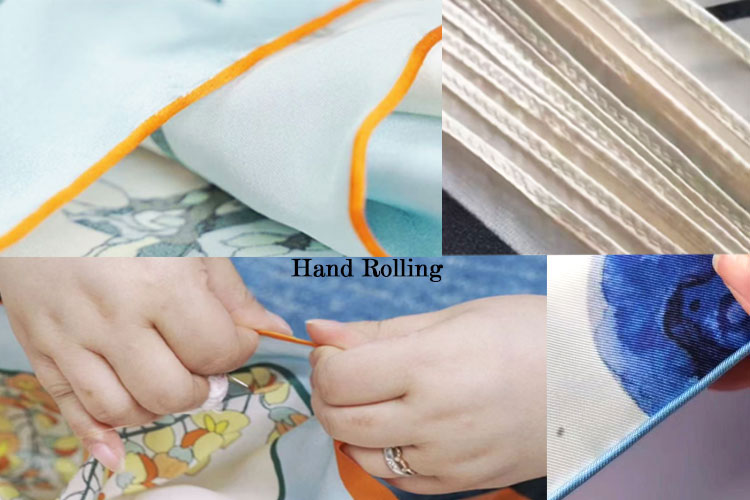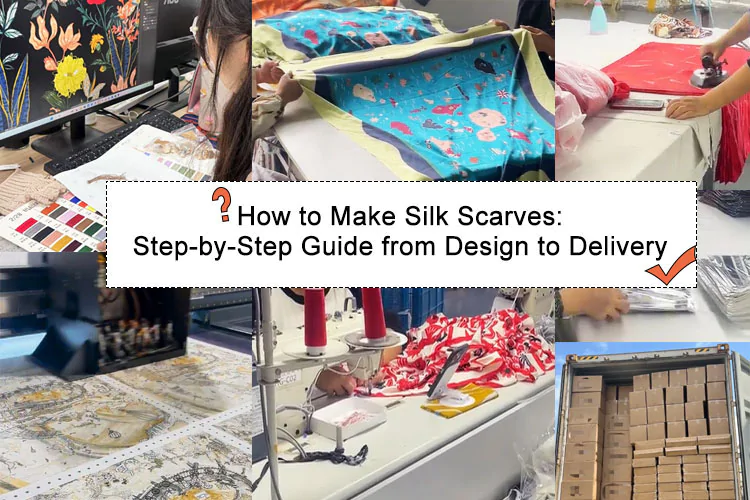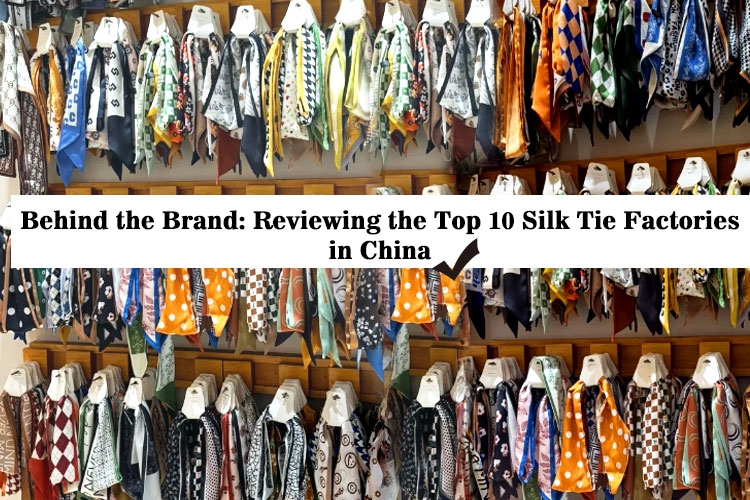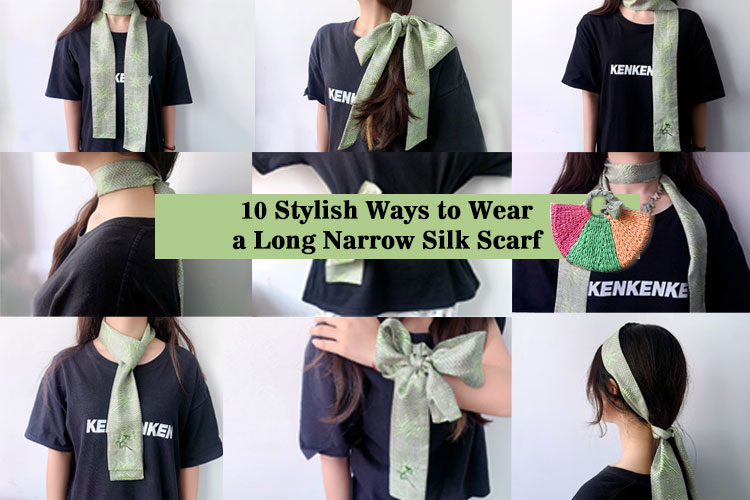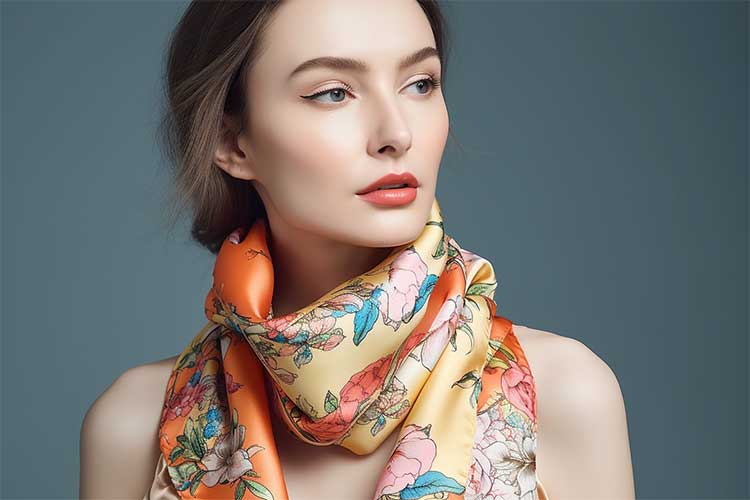When it comes to small yet stylish fashion statements, Twilly scarves are leading the trend. Whether tied around the neck, wrapped on a handbag handle, worn as a headband, or styled on the wrist, Twilly scarves are versatile, elegant, and a favorite among fashion-forward brands and boutiques.
If you’re thinking about creating your own custom Twilly scarf, understanding the right materials and printing techniques is essential. This guide will walk you through everything you need to know to make informed decisions and create scarves your customers will love.
What Is a Twilly Scarf?
A Twilly scarf is a narrow, elongated scarf—typically measuring around 5×86 cm or 6×100 cm. It’s lighter and more compact than traditional square scarves, making it a multi-use accessory that blends function and fashion.
Uses for Twilly scarves include:
-
Neck tie or bow
-
Handbag handle wrap
-
Hair accessory or headband
-
Bracelet-style wrist wrap
-
Gift-wrapping embellishment
Due to its compact size and luxurious feel, a custom Twilly scarf is an excellent way for fashion brands to showcase designs, logos, or seasonal prints.
Popular Materials for Custom Twilly Scarves
1. 100% Silk
Silk is the go-to fabric for high-end fashion accessories. Here are a few popular silk options:
-
Silk Twill
Durable, textured, and holds color very well. It’s the most common for luxury Twilly scarves (e.g., Hermès). -
Silk Satin
Has a glossy finish and ultra-soft feel. Best for elegant or feminine designs.
-
Silk Habotai
Lightweight and floaty. Ideal for airy, delicate looks and often more affordable than twill.
2. Polyester and Silk Alternatives
For brands that want a more budget-friendly option, these materials work well:
-
Polyester Satin
Mimics the look of silk satin at a lower cost. Popular for promotional products and mass retail.
-
Imitation Silk (Poly-Silk)
Offers a nice balance between price and appearance.
3. Cotton or Cotton Blends
Used less commonly, but suitable for natural, matte-finish collections. Cotton is breathable and eco-friendly, though not as vivid in print as silk or polyester.
4. Other Fabrics: At EVELYN, we can help source any fabric you need, tailored to your design and budget requirements.
How to Choose the Right Fabric
When selecting material, ask yourself:
-
Who is your customer? (Luxury or casual?)
-
What’s your price point? (Premium or affordable?)
-
What’s your design like? (Detailed or simple?)
-
How should the fabric feel? (Crisp, smooth, floaty?)
Pro tip: Always request swatches from your supplier before confirming.
Printing Techniques for Twilly Scarves
1. Digital Printing
-
Best for: Small MOQ, complex patterns, detailed artwork
-
Advantages:
-
High color accuracy
-
Allows photographic images and gradient effects
-
Fast turnaround time
-
-
Downsides:
-
Slightly less vibrant on dark backgrounds
-
May fade faster over time with heavy washing
-
2. Screen Printing
-
Best for: Simple designs with few colors, large quantities
-
Advantages:
-
Vivid and durable color
-
Long-lasting with sharp edges
-
-
Downsides:
-
Expensive setup (each color requires a screen)
-
Not suitable for small MOQ or complex images
-
Edge Finishing Options
A Twilly’s edge finish contributes greatly to its final look.
-
Machine Hemming:
Clean and cost-effective. Good for large orders or mid-range pricing.
-
Hand-Rolled Edges:
Traditional, high-end finish. Each scarf is hand-rolled and hand-stitched for a luxurious touch.
Your supplier should be able to provide both. Choose according to your brand positioning.
Branding & Packaging Options
A custom Twilly scarf offers plenty of room for brand identity:
-
Woven labels or printed tags
-
Custom logo printing on the scarf itself
-
Branded packaging: scarf boxes, hang tags, care cards, or ribbons
Beautiful packaging can enhance perceived value—especially for gifting seasons or boutique displays.
MOQ and Production Timeline
Depending on your material and print method:
-
MOQ:
-
Digital print: usually starts at 50–100 pcs per design
-
Screen print: usually starts at 1000 pcs per color
-
-
Timeline:
-
Sampling: 7–10 days
-
Bulk production: 2–4 weeks after sample approval
-
Always confirm with your supplier, especially during high season.
Cost Considerations
What affects the price of a custom Twilly scarf?
-
Fabric choice (e.g., silk > polyester)
-
Print method (screen print costs more for setup)
-
Quantity ordered
-
Branding and packaging add-ons
-
Shipping destination
Getting a clear quote from your manufacturer will help you calculate retail pricing with good margins.
Tips for First-Time Buyers
-
Start with 1–2 designs and small MOQ to test the market
-
Request digital mockups and fabric swatches
-
Clearly communicate color expectations and edge finishes
-
Don’t forget customs duties if importing internationally
-
Plan at least 1–2 months ahead for your launch
Conclusion
A custom Twilly scarf is more than a small accessory—it’s a stylish expression of your brand. From choosing the right silk or polyester to selecting the perfect print technique, each decision impacts how your product is received in the market.
Want to bring your vision to life?
👉 Contact Evelyn Fashion to get a quote or free swatches today!
